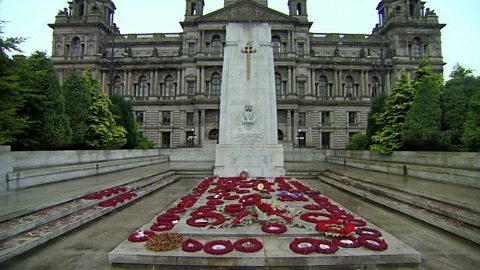Video summary
Jeremy Paxman explores the poetry of Siegfried Sassoon, mental health problems suffered by soldiers in the First World War, shell shock and the low morale caused by the huge British death toll.
Poet Siegfried Sassoon, a decorated war hero, expressed doubts about the purpose of the war, and the complacency of the commanders.
Instead of being court-martialled, he was declared mad and sent to Craiglockhart Hospital, a newly-established treatment centre for soldiers with mental health problems.
Paxman explains some of the treatments attempted by doctors who didnÔÇÖt understand the condition. At Craiglockhart, the revolutionary idea of getting soldiers to talk about their traumatic experiences was tried.
We hear how Sassoon returned to the Front after three months out of solidarity with his men.
Teacher viewing recommended prior to use in class.
Teacher Notes
Key Stage 3:Use this clip to provide context for a study and analysis of war poetry.
Key Stage 4 / GCSE:Use as a comparative tool in the study of medicine through time. Use as comparative evidence to be contrasted with the drawings of Otto Dix. Other examples too may broaden the analysis. Also useful to provide context about war poetry.
This clip will be relevant for teaching History. This topic appears in at KS3 in England, Wales and Northern Ireland and OCR, Edexcel, AQA and WJEC/Eduqas GCSE/KS4 in England and Wales and CCEA GCSE in Northern Ireland.
How Britain declared war in WW1. video
Jeremy Paxman explores the declaration of war after Germany invaded Belgium in 1914.
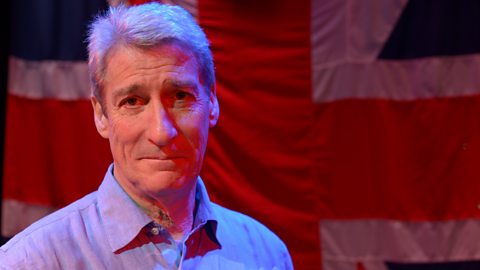
Your country needs you! video
Jeremy Paxman explains Lord Kitchener's iconic recruitment PR campaign of WW1.
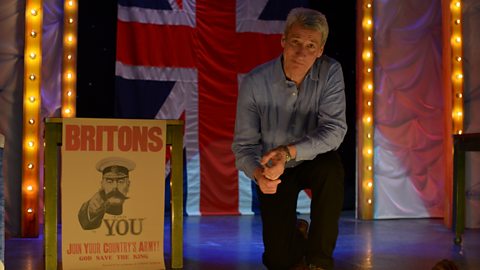
Crushing defeat in the first battle of WW1. video
Jeremy Paxman explores how Britain suffered defeat at the Battle of Mons.

The Home Front. video
Jeremy Paxman explains how German u-boats crippled the country and led to rationing and the Home Front.
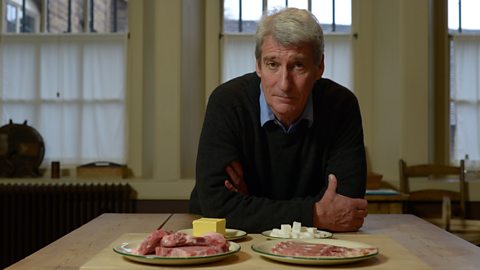
Treating Indian soldiers at Brighton Pavilion. video
Jeremy Paxman explains how a former royal residence became a hospital for injured soldiers in WW1.
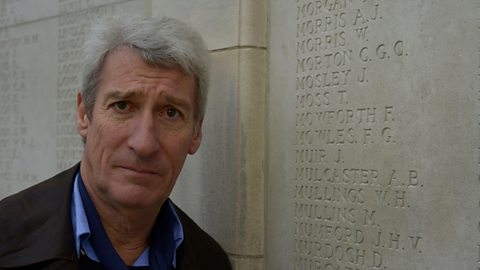
Air raids and the bombardment of Britain in WW1. video
Jeremy Paxman explains the unprecedented bombardment of Britain in World War One.
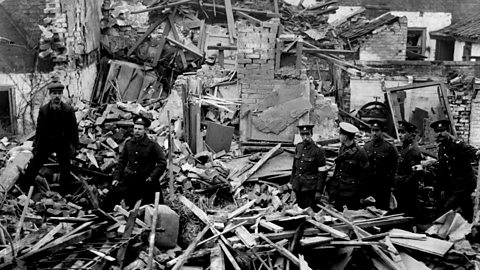
The dangerous jobs of women in WW1. video
How women entered the workforce and took up dangerous roles to support the war effort.

How the Britain turned the tide in 1918. video
How the British workforce, the Home Front and the USA joined together to fight back against the German advance in 1918.

1918: the end of the war and Remembrance Day. video
Jeremy Paxman describes the end of the First World War.
